Empty chairs: Andy Warhol’s interest in mass media resurges with new meaning
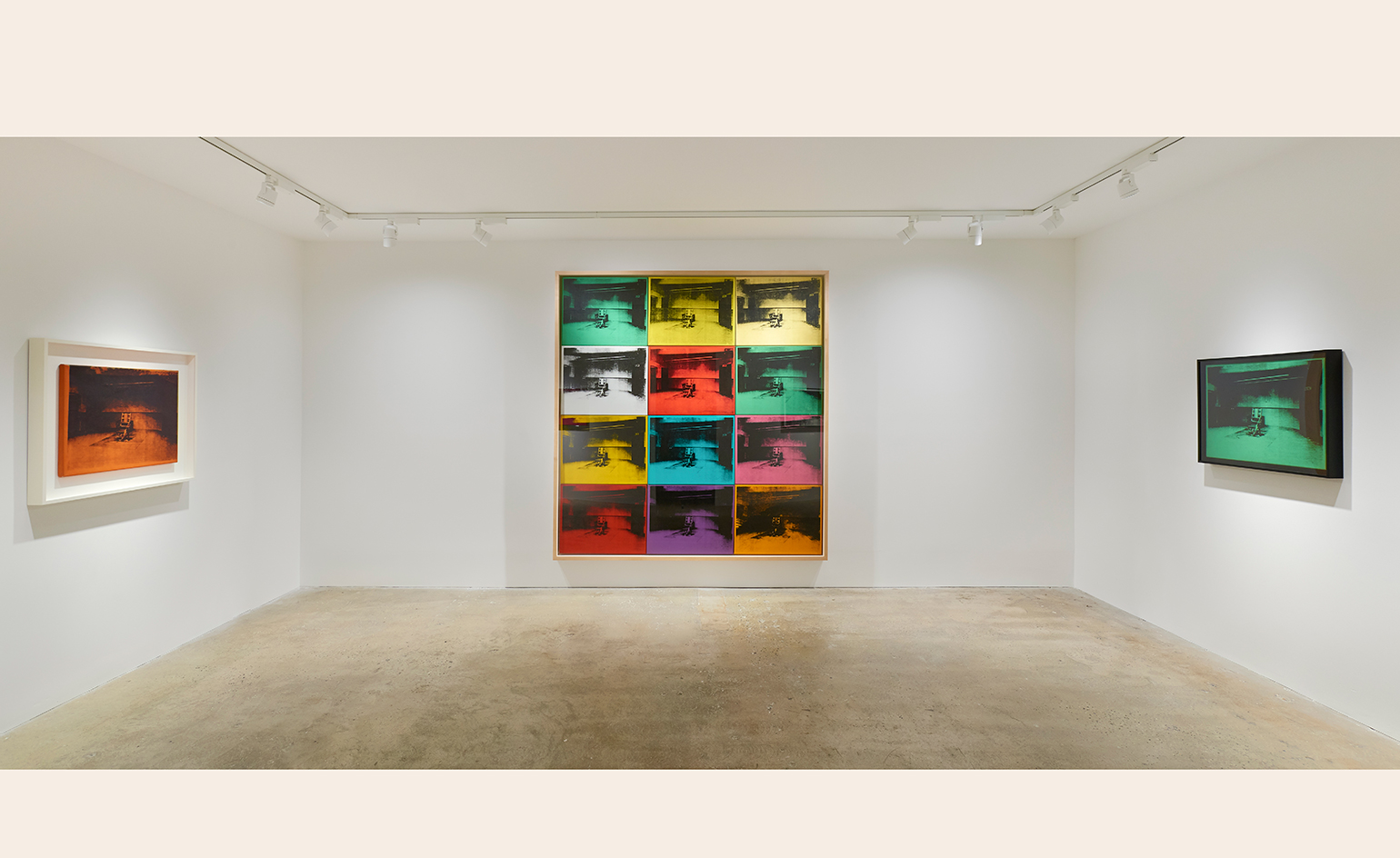
Venus Over Manhattan has opened an Andy Warhol show, just in time for Frieze. The exhibition of 18 paintings comes from a series from the 1960s entitled ‘Death and Disaster’.
Warhol had a well-known obsession with the media. He collected all kinds of newspapers, magazines and supermarket tabloids. As an artist, the power of ‘mass-circulated media images’ was priceless and therefore he carefully appropriated this into much of his work over the span of his career.
This particular series, produced between 1964 and 1965, was Warhol’s way of exploring ‘growing mass media’s exploitation of tragic imagery in post-war America’. And this, of course, is most relevant today in the way news and current events are covered. The images – some extreme and frightening – are still today infiltrating mass media, taking the form of riots, terrorist attacks, suicides, criminals, car, train and plane accidents and more.
With his 'Little Electric Chairs' Warhol references a news wire service from 13 January 1953 announcing the historic death sentences of Julius and Ethel Rosenberg at Sing Sing Correctional Facility in upstate New York.
In his essay on the series, American poet Gerard Malanga credited Warhol with saying that ‘[a]dding pretty colors to a picture as gruesome as this would change people’s perceptions of acceptance’. And so, some regard this series as among Warhol’s most important contributions to pop art. As the gallery says, ‘it reveals the banality that can attenuate even a topic as tragic as capital punishment’.

Well-known for his obsession with the media, Warhol produced the series between 1964 and 1965 to explore ‘growing mass media’s exploitation of tragic imagery in post-war America’
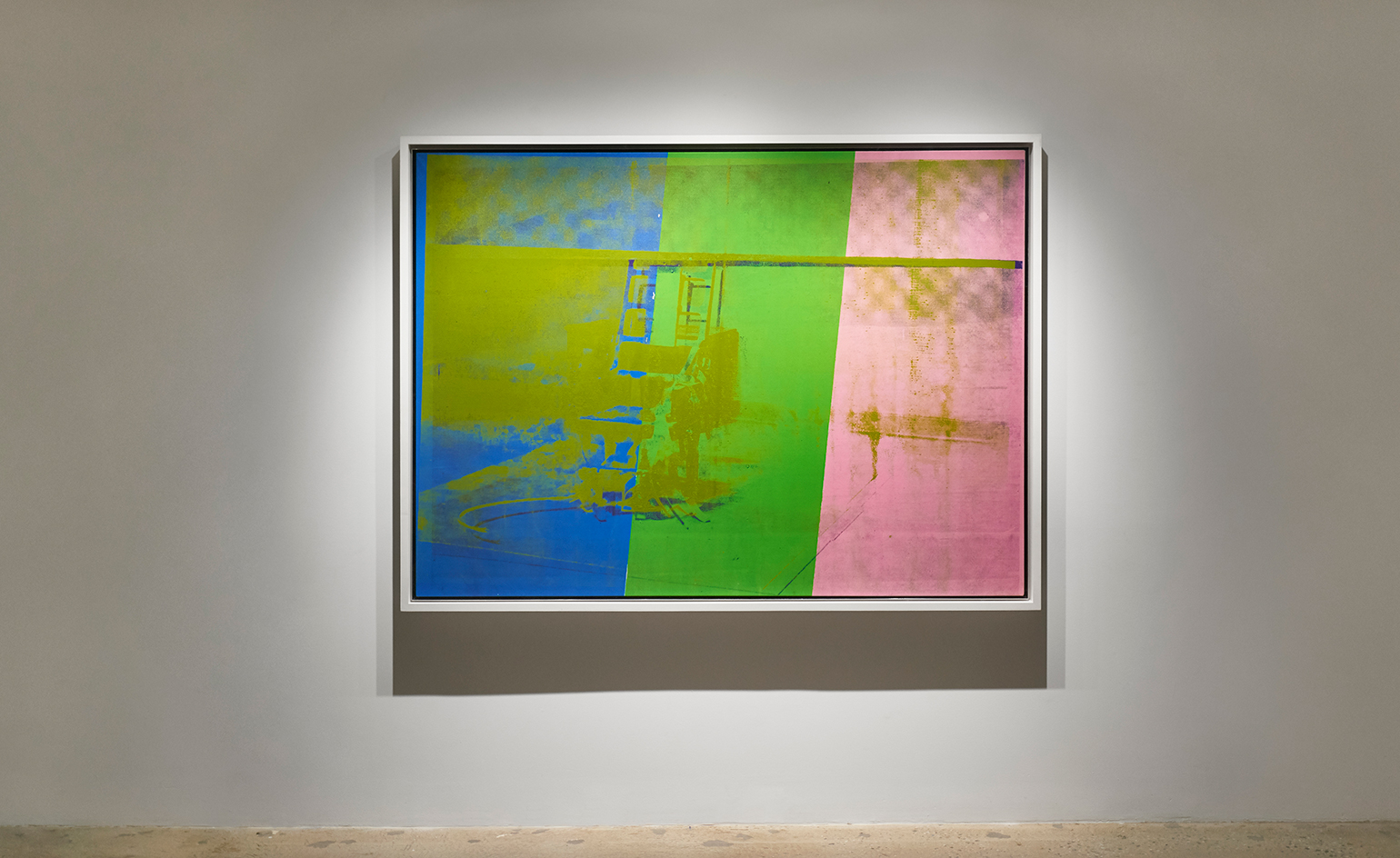
With ‘Little Electric Chairs’, Warhol references a news wire service from 13 January 1953, announcing the historic death sentences of Julius and Ethel Rosenberg at Sing Sing Correctional Facility in upstate New York. Pictured: Big Electric Chair, 1967–68
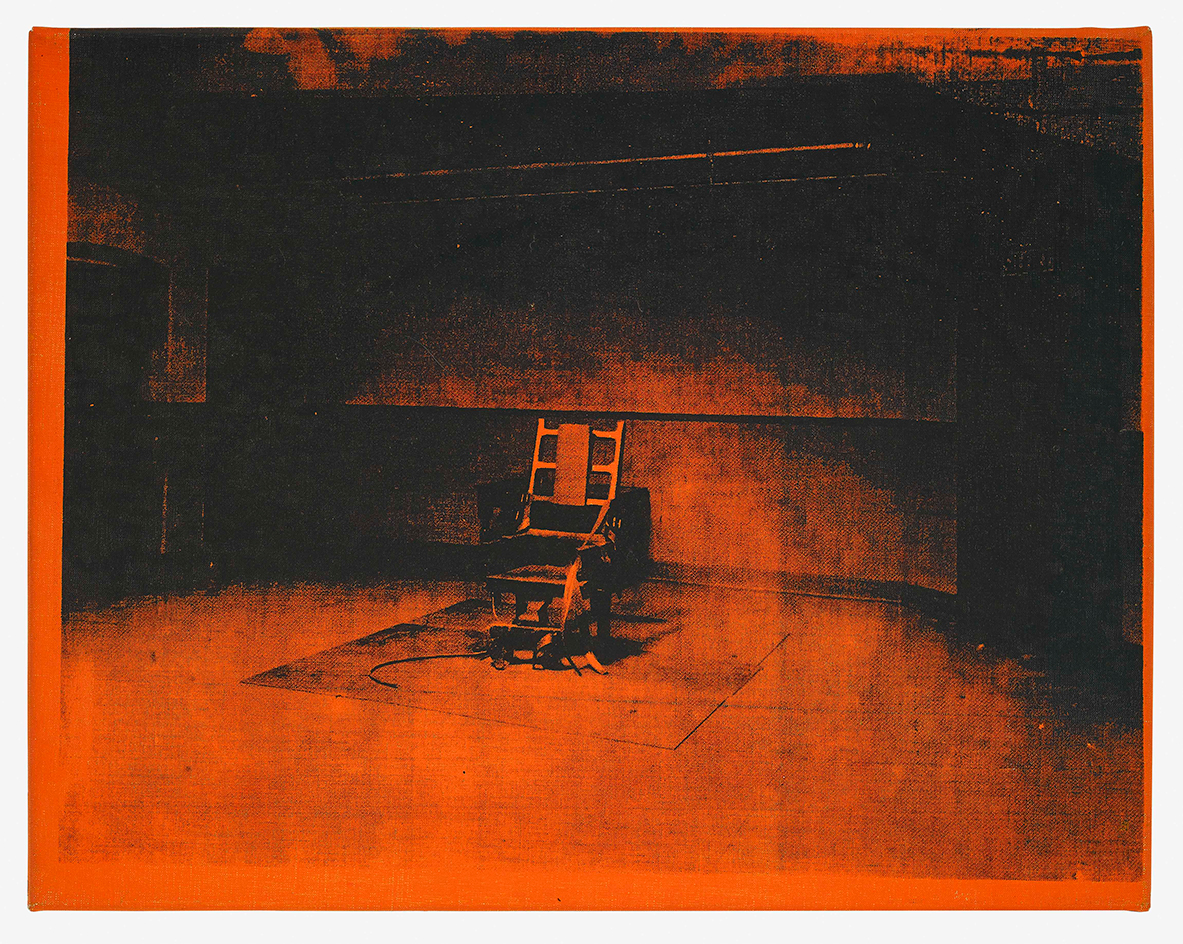
‘It reveals the banality that can attenuate even a topic as tragic as capital punishment,’ the gallery explains. Pictured: Little Electric Chair, 1964
INFORMATION
’Little Electric Chairs’ is on view until 18 June. For more details, visit Venus Over Manhattan’s website
Photography courtesy VENUS New York and Andy Romer, © 2016 The Andy Warhol Foundation for the Visual Arts, Inc. / Artists Rights Society (ARS), New York
ADDRESS
Venus Over Manhattan
980 Madison Avenue
New York, NY 10075
Wallpaper* Newsletter
Receive our daily digest of inspiration, escapism and design stories from around the world direct to your inbox.
Daniel Scheffler is a storyteller for The New York Times and others. He has a travel podcast with iHeart Media called Everywhere and a Substack newsletter, Withoutmaps, where he shares all his wild ways. He lives in New York with his husband and their pup.
-
 Shola Branson draws from the antique and modern for his must-have jewellery pieces
Shola Branson draws from the antique and modern for his must-have jewellery piecesShola Branson's jewellery in SMO gold combines a range of eclectic influences
-
 The exquisite landscape architecture of Jung Youngsun is celebrated at SMAC in Venice
The exquisite landscape architecture of Jung Youngsun is celebrated at SMAC in VeniceTimed to coincide with the Venice Biennale, the new San Marco Art Centre opened with a show on the work of South Korean landscape architect Jung Youngsun
-
 Discover Tunisia's Skanès Presidential Palace and the glory of French post-war interiors
Discover Tunisia's Skanès Presidential Palace and the glory of French post-war interiorsIn Tunisia, the Skanès Presidential Palace is a stunning display of monumental modernist architecture style - inside and out
-
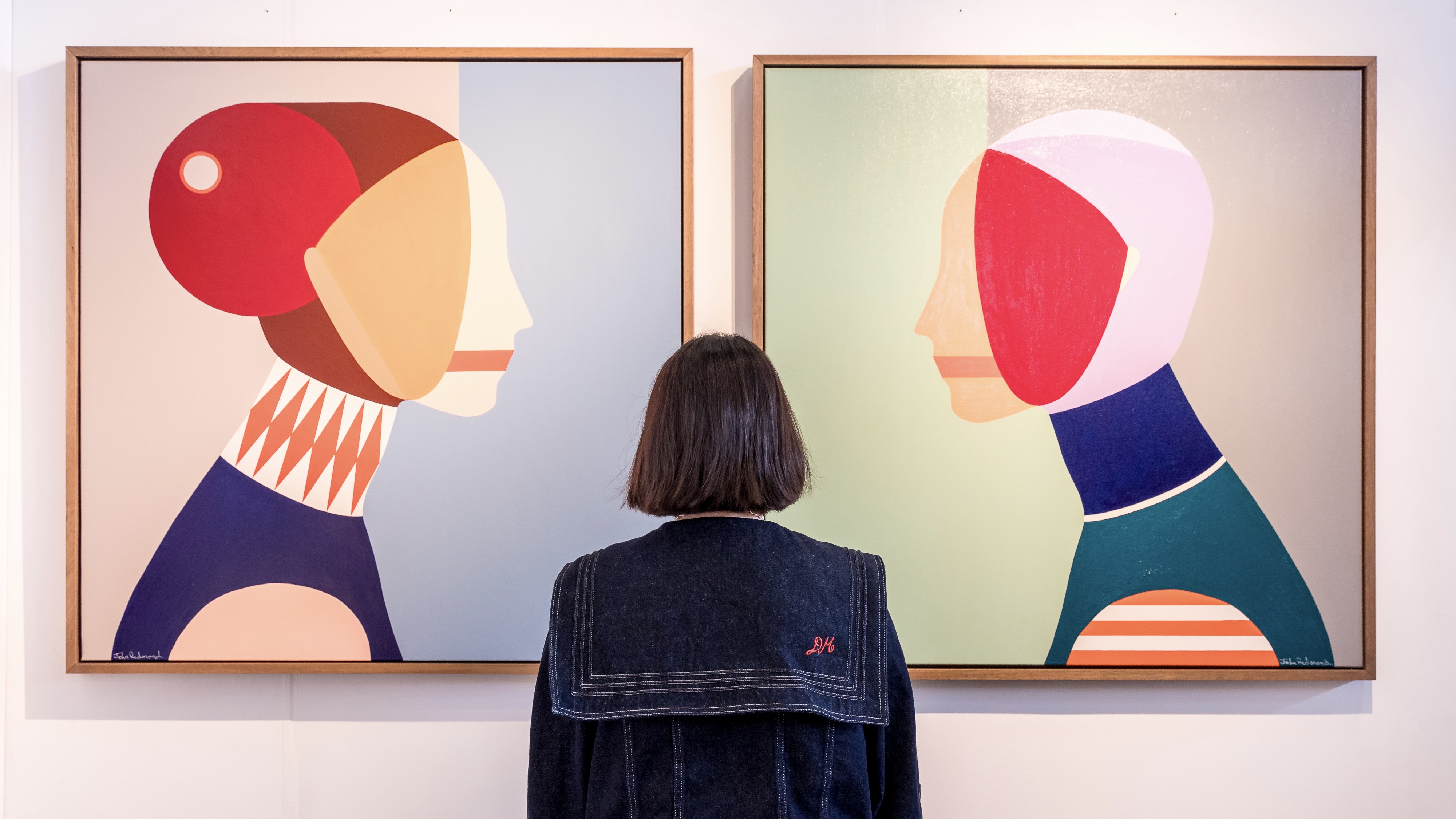 The alternative art fairs championing emerging artists
The alternative art fairs championing emerging artistsThe lower barrier to entry to these smaller and specialist art fairs make them hubs of grassroots creativity, allowing emerging names to establish a foothold in the industry
-
 Ai Weiwei’s new public installation is coming soon to Four Freedoms State Park
Ai Weiwei’s new public installation is coming soon to Four Freedoms State Park‘Camouflage’ by Ai Weiwei will launch the inaugural Art X Freedom project in September 2025, a new programme to investigate social justice and freedom
-
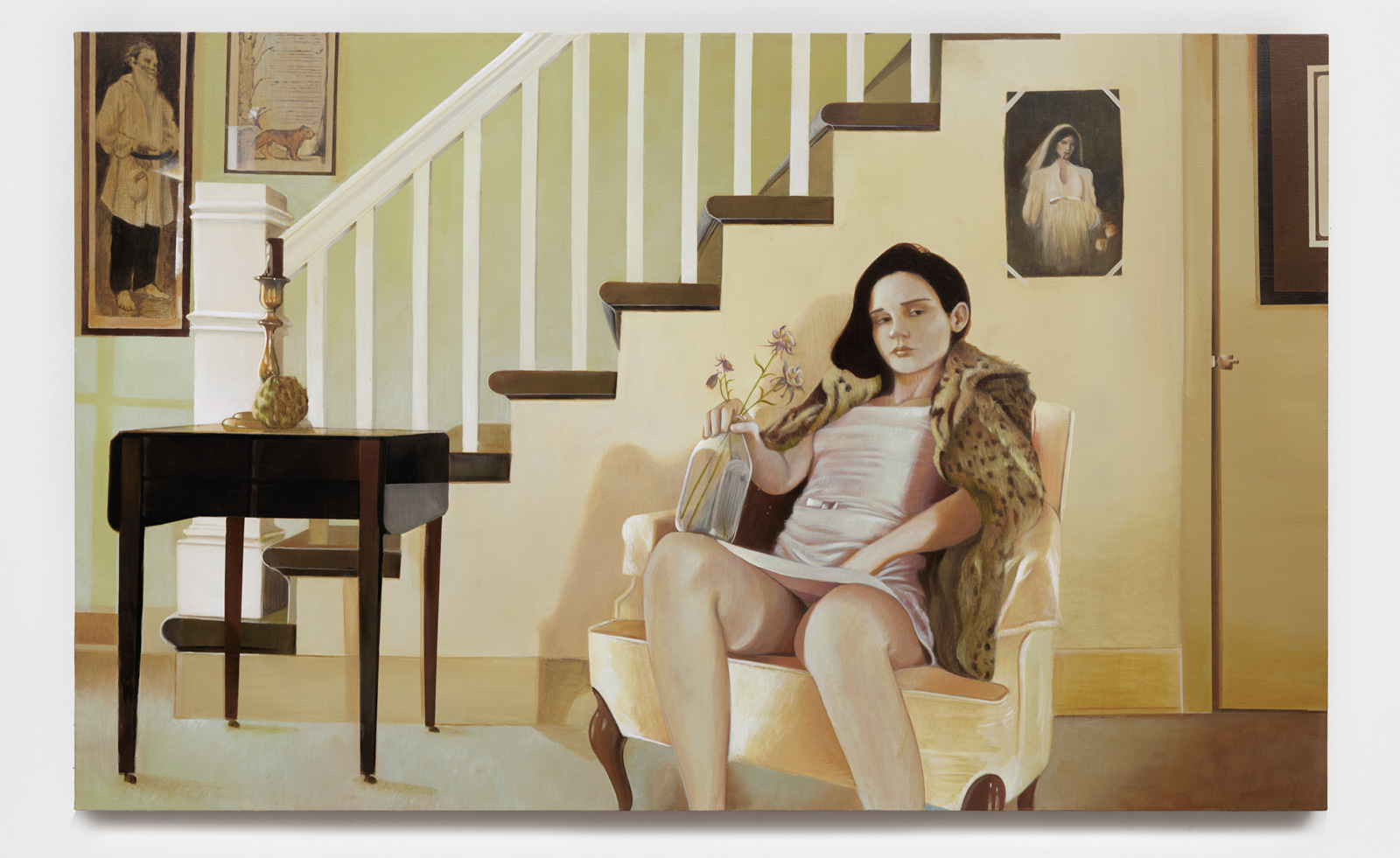 Leonard Baby's paintings reflect on his fundamentalist upbringing, a decade after he left the church
Leonard Baby's paintings reflect on his fundamentalist upbringing, a decade after he left the churchThe American artist considers depression and the suppressed queerness of his childhood in a series of intensely personal paintings, on show at Half Gallery, New York
-
 Desert X 2025 review: a new American dream grows in the Coachella Valley
Desert X 2025 review: a new American dream grows in the Coachella ValleyWill Jennings reports from the epic California art festival. Here are the highlights
-
 This rainbow-coloured flower show was inspired by Luis Barragán's architecture
This rainbow-coloured flower show was inspired by Luis Barragán's architectureModernism shows off its flowery side at the New York Botanical Garden's annual orchid show.
-
 ‘Psychedelic art palace’ Meow Wolf is coming to New York
‘Psychedelic art palace’ Meow Wolf is coming to New YorkThe ultimate immersive exhibition, which combines art and theatre in its surreal shows, is opening a seventh outpost in The Seaport neighbourhood
-
 Wim Wenders’ photographs of moody Americana capture the themes in the director’s iconic films
Wim Wenders’ photographs of moody Americana capture the themes in the director’s iconic films'Driving without a destination is my greatest passion,' says Wenders. whose new exhibition has opened in New York’s Howard Greenberg Gallery
-
 20 years on, ‘The Gates’ makes a digital return to Central Park
20 years on, ‘The Gates’ makes a digital return to Central ParkThe 2005 installation ‘The Gates’ by Christo and Jeanne-Claude marks its 20th anniversary with a digital comeback, relived through the lens of your phone